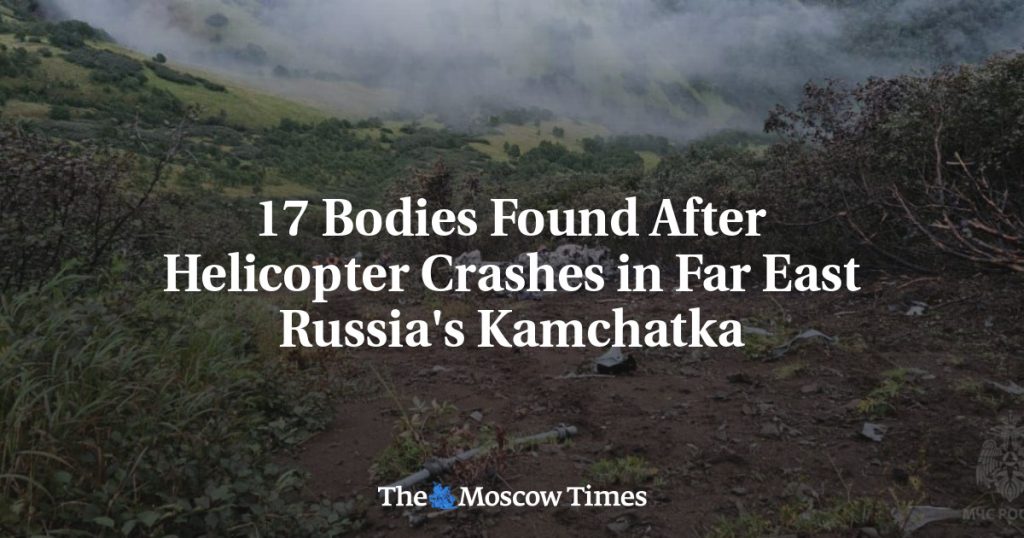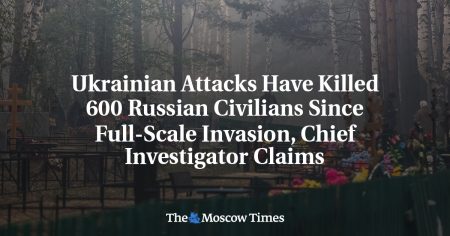In a tragic incident in Russia’s Kamchatka peninsula, a helicopter carrying 22 people, including 19 tourists and 3 crew members, crashed shortly after takeoff. The region is well-known for its active volcanoes and is a popular destination for adventure tourists. The helicopter was eventually found by rescuers in a hilly area at an altitude of about 900 meters. Aerial footage released by Russia’s Emergency Situations Ministry showed the helicopter debris on a slope near the top of a wooded hill, close to where it disappeared from radar tracking. Unfortunately, rescuers confirmed that they found 17 bodies at the crash site.
The helicopter that crashed was operated by Vityaz-Aero, a company based in Kamchatka that organizes flights for tourists. Accidents involving planes and helicopters are not uncommon in Russia’s Far East, a sparsely populated region where some areas are only accessible by air travel. In recent incidents, a Mi-8 helicopter with 16 people on board crashed into a lake due to poor visibility, resulting in eight fatalities. Additionally, a plane crashed while landing on the peninsula, leading to the tragic deaths of all 22 passengers and six crew members on board. These incidents highlight the risks associated with aviation in remote and challenging environments like the Kamchatka region.
The Search and Rescue teams are currently on-site, with efforts set to resume at daybreak. The governor of the Kamchatka region, Vladimir Solodov, expressed his condolences to the families of those who lost their lives in the helicopter crash. The tragedy has once again shed light on the dangers faced by tourists and aviation personnel in remote areas like Kamchatka. The rugged terrain and unpredictable weather conditions in the region present significant challenges for safe air travel, emphasizing the need for strict safety protocols and thorough risk assessments for all flights.
As authorities in Kamchatka work to investigate the cause of the helicopter crash, the focus remains on recovering the bodies of the victims and providing support to their families. The incident serves as a stark reminder of the risks involved in adventure tourism and air travel in remote regions. Despite the challenges faced by rescuers and emergency response teams, the priority is to ensure a thorough investigation is conducted to determine the factors leading to the tragic crash. The resilience and dedication of these teams in the face of such adversity highlight the importance of their work in ensuring the safety of travelers in challenging environments.
The Moscow Times, an independent media outlet, used this tragic incident to highlight the challenges faced by journalists in Russia. The organization has been designated as an “undesirable” entity by the country’s Prosecutor General’s Office, leading to increased risks for its staff members. Despite these challenges, The Moscow Times remains committed to providing accurate and unbiased reporting on events in Russia. The message calls for support from readers to help sustain the work of independent journalism and defend the freedom of the press in the face of repression. By standing with organizations like The Moscow Times, individuals can contribute to the protection of open and transparent media coverage amid attempts to silence dissenting voices.















